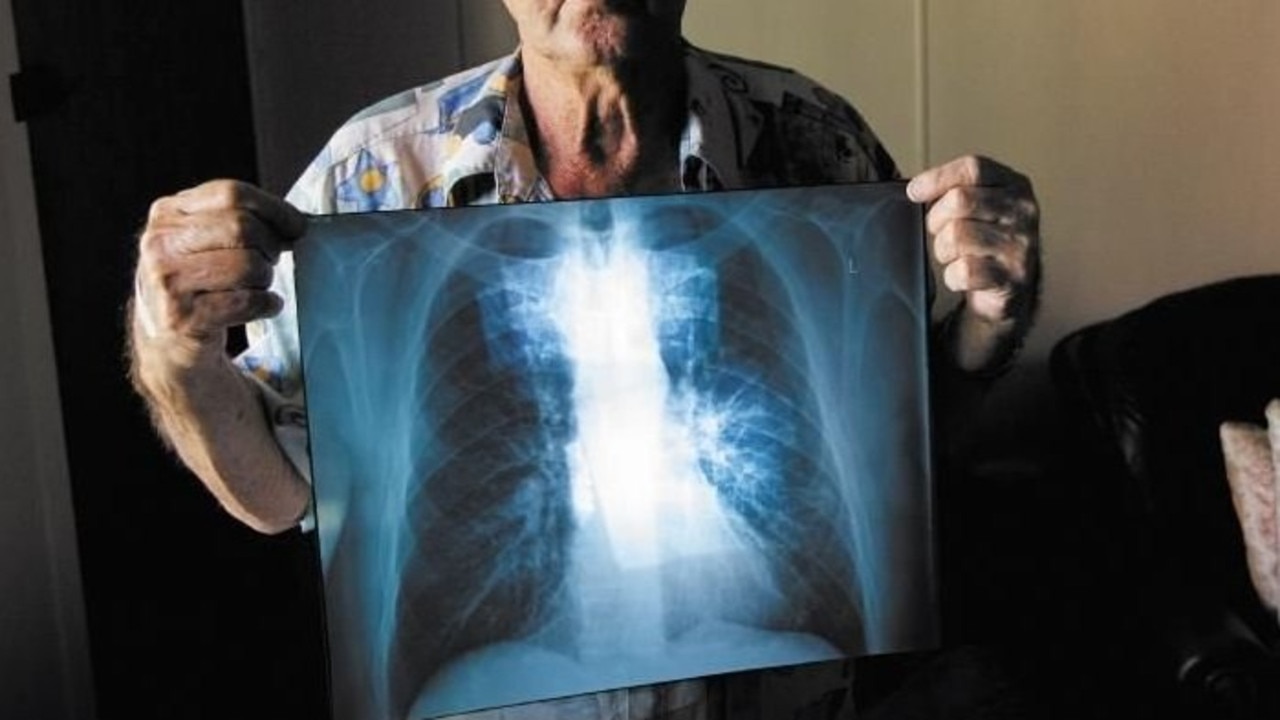Risks ‘abundantly clear and so too are the unacceptable practices’ in workplaces causing silicosis
Lawyers for workers suffering with silicosis express serious concerns the final report does not go far enough in protecting workers from serious harm.

Lawyers for workers suffering with silicosis have expressed serious concerns that the national Dust Diseases Taskforce final report does not go far enough in protecting workers from serious harm.
Maurice Blackburn dust diseases principal Jonathan Walsh said while the taskforce’s final report made a number of references to reforms being urgently required to better protect workers, the recommendations made ultimately fall well short of what is required to ensure meaningful action is taken.
“The taskforce has had two years to make meaningful announcements on protecting workers, yet many of the final recommendations are nothing more than a call for further analysis or simply hoping for the best and that employers will improve workplace practices themselves to reduce silicosis risks,” Mr Walsh said.
“We know that isn’t happening and hence the growing rates of silicosis in stonemasons and other silica exposed workers across the country – this final report was an opportunity to force action but it has fallen well short in protecting workers.
“The recommendation that industry and employers effectively self-regulate is a toothless tiger – it is already well demonstrated that such efforts are not possible and that there is an urgent need for transparent and accountable government regulation of the industry.
“We are also disappointed in the recommendation that ‘more consideration’ be given to the industry self-funding regulatory oversight and increased workplace inspections.
“This needs to happen now in ensuring greater funding to allow more state regulators to inspect workplaces and protect workers.
“The report suggests a ban on engineered stone by 2024 if there is no improvement in safety compliance rates. 2024 is too late – it is already well established that the risks to workers’ health cannot be completely eliminated when cutting engineered stone products en masse.
“The taskforce previously had outlined reasonable strategies it was hoping to achieve through this process, including a coordinated, national licensing scheme for businesses working with engineered stone.
“Yet similar to the recommendation on a ban on stone benchtops, this has now been pushed off subject to a Regulatory Impact Analysis being undertaken to identify and decide on measures to protect workers.
“The risks are abundantly clear, and so too are the unacceptable practices that continue in workplaces around Australia that cause silicosis.
“We need a licensing scheme now, with a clear indication as to how appropriate national oversight will occur and a focus on penalties for any breaches of the scheme.
“Stonemasons and workers exposed to silica dust across Australia deserve much better, and we call on the federal government to look at strengthening a number of these recommendations as soon as possible, including greater regulation for the industry and the introduction of a national licensing scheme.”




